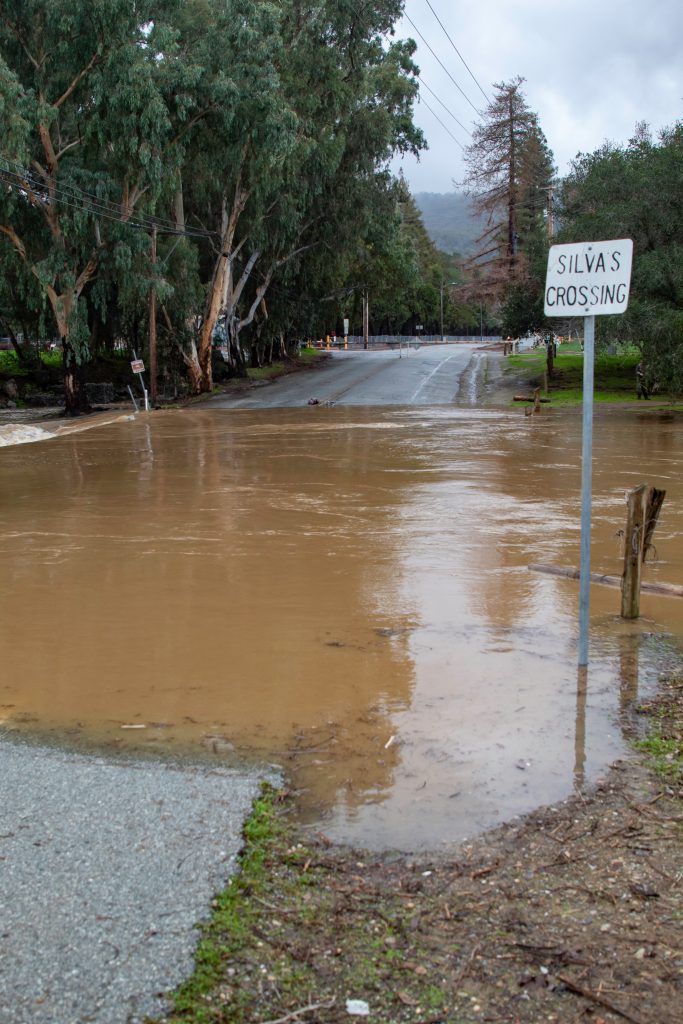
Key Contacts
Burke’s California Inverse Condemnation team is led by partners Brenda Aguilar-Guerrero and Alan A. Sozio.
California Inverse Condemnation
Just as a government must pay just compensation to a property owner if it affirmatively exercises its power of eminent domain to take property for a public use, the government must pay just compensation to the property owner if it indirectly takes property for a public use, e.g., through excessive regulation, physical invasion, or damage caused by a public works project. Such an indirect exercise of eminent power is known as inverse condemnation or takings.
A property owner may file an inverse condemnation lawsuit against a government entity based on allegedly excessive regulation, an exaction of property in exchange for a permit, a physical invasion, or damage caused by a public works project. The property owner-plaintiff may seek just compensation (fair market value of the property taken) as well as attorney’s fees.
An inverse condemnation plaintiff may claim that the government entity acted in excess of its authority, and that its action must be reversed to remedy the alleged taking. Such a claim typically involves challenges to legislative or regulatory decisions. The government entity will then need to defend its authority to take the challenged action, and oppose the claim for just compensation, or alternatively, the amount owed to the plaintiff.
In other cases, the plaintiff may solely seek just compensation (fair market value) for the property taken, not to reverse that action. Such cases typically involve claimed physical invasions or damages, and the government will oppose the claim for just compensation – whether in toto or as to the amount owed.
California inverse condemnation law is complex, nuanced, and specialized. Burke’s California Inverse Condemnation attorneys have vast expertise with such claims brought against a wide range of public agencies. Our Inverse Condemnation team has successfully defended challenges to city decisions on development applications, as well as claims for recovering purported damages caused by unintended events such as a sewer overflow.
Inverse Condemnation Claims
A government entity may be liable for inverse condemnation under any one of the following legal theories:
1) A government entity may be intrinsically liable for inversely condemning property if the entity requires the owner to suffer a permanent physical invasion.
2) A government entity may be liable for physically damaging property through damage caused by a public work project, e.g., flooding.
3) A government entity may be liable for inverse condemnation if it exacts or demands property, through an ad hoc decision on permit application, without a sufficient nexus or rough proportionality to the impact caused by the project.
4) A government entity may be intrinsically liable for inverse condemnation if it deprives an owner of “all economically beneficial use” through excessive regulation. A finding of excessive regulation rests on a three-factor test that considers:
a) the economic impact of the regulation
b) the extent to which the regulation interfered with distinct, investment-backed expectations
c) and the character of the governmental action.
A property owner may not claim regulatory action is so arbitrary and unreasonable that it constitutes inverse condemnation.
Inverse Condemnation Litigation
Depending upon the nature of the claim, the property owner may file an inverse condemnation lawsuit in state or federal court. The property owner may claim the condemnation was temporary or permanent, and litigate for just compensation in accordance therewith.
If the inverse condemnation action is associated with a regulatory taking or exactions claim, the plaintiff must typically first seek a writ of mandate to reverse the claim, and thereafter claim just compensation for any proven excessive regulatory conduct.
If the inverse condemnation action is associated with a physical takings claim, the plaintiff may seek in the first instance to prove the elements of the takings claim and damages caused by the taking.
Consult Burke’s Inverse Condemnation Team
Burke’s California Inverse Condemnation attorneys have accumulated vast experience in inverse condemnation matters, including regulatory, exactions, and physical takings claims, in state and federal courts, in trial and on appeal. We zealously and successfully defend our clients against liability claims. In the few instances in which liability is established, Burke’s California Inverse Condemnation attorneys succeed in preventing unjust compensation being awarded. Please contact us to learn more about how Burke can help with your inverse condemnation law needs.


